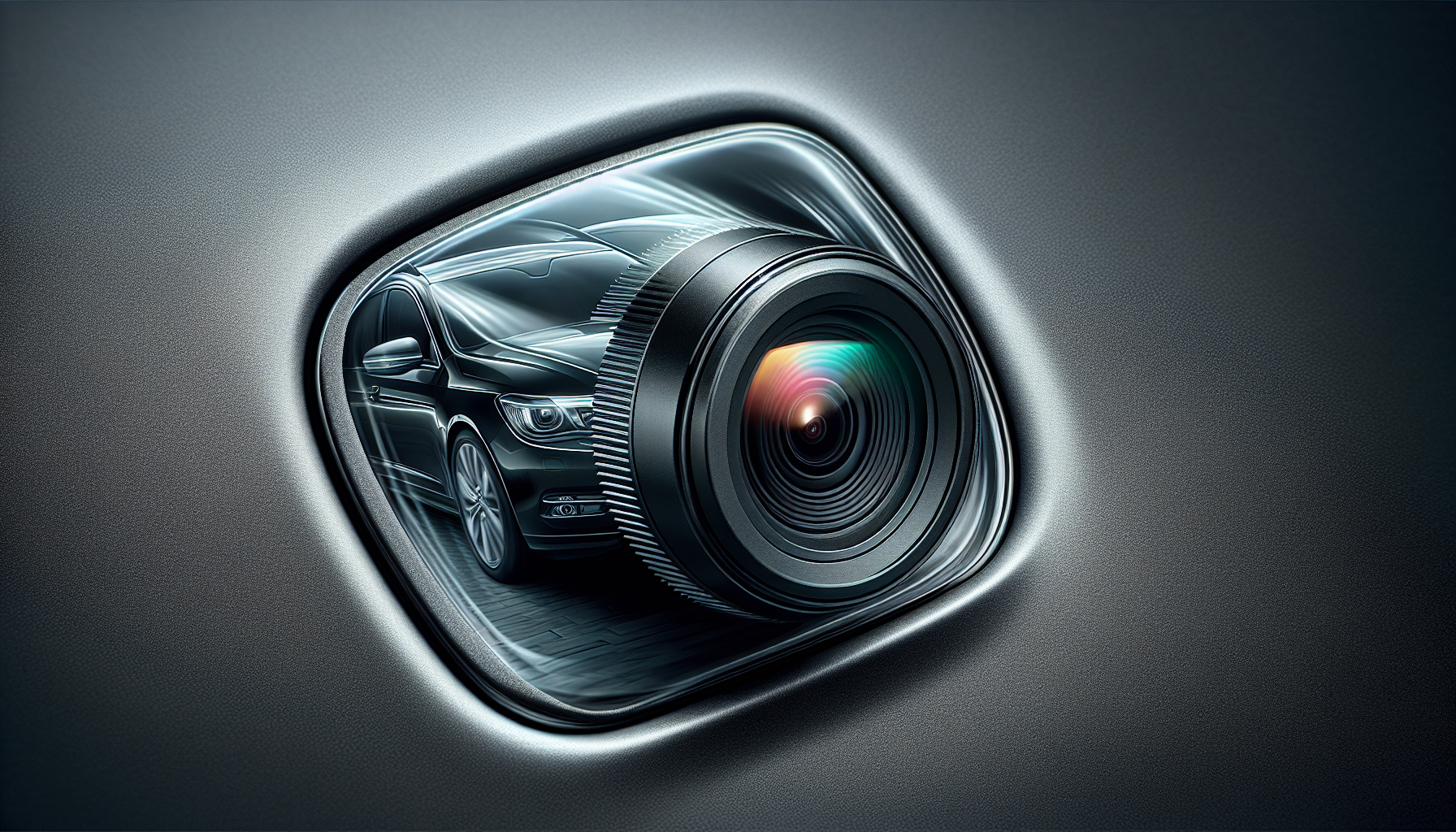How Window Tinting Can Impact Your Vehicle’s Backup Camera
When it comes to getting your windows tinted, one common concern among vehicle owners is whether or not it will affect the visibility of their backup camera. In this article, we will explore how window tinting can impact the performance of your vehicle’s backup camera, and what steps you can take to ensure that your camera still functions effectively.
Understanding Window Tinting and Its Effects on Light Transmission
Window tinting involves applying a thin film to your vehicle’s windows to reduce the amount of light that passes through. This can help block harmful UV rays, reduce glare, and provide privacy for you and your passengers. However, this reduction in light transmission can potentially impact the performance of your vehicle’s backup camera.
How Window Tinting Can Diminish Backup Camera Visibility
The primary way in which window tinting can affect the visibility of your backup camera is by reducing the amount of light that reaches the camera lens. Backup cameras rely on clear visibility and adequate lighting to provide a crisp image of the area behind your vehicle. If the tint on your windows is too dark or obstructs light, it can lead to a decrease in the quality of the camera feed.
Ensuring Optimal Performance for Your Backup Camera
To ensure that your backup camera continues to function effectively after getting your windows tinted, there are a few key steps you can take. Here are some tips to help you maintain optimal performance:
Choosing the Right Tint Level
When selecting a tint level for your windows, it is important to consider the impact it may have on your backup camera. Opt for a lighter tint that still provides the desired benefits, without compromising the camera’s visibility. Consult with a professional tint installer to find a balance that works for both your needs and the functionality of your backup camera.
Positioning the Backup Camera Properly
Proper positioning of your backup camera is crucial to its performance, especially after getting your windows tinted. Make sure that the camera is aligned correctly and free from any obstructions. Adjust the angle if necessary to compensate for any reduction in visibility caused by the tint.
Regularly Cleaning the Camera Lens
Maintaining clean and clear camera lens is essential for optimal visibility. Dust, dirt, and grime can accumulate on the lens over time, reducing the quality of the camera feed. Regularly clean the lens with a soft cloth to ensure that your backup camera continues to provide a clear image of the area behind your vehicle.
Testing the Camera After Window Tinting
After getting your windows tinted, it is important to test the performance of your backup camera to ensure that it is still functioning effectively. Take your vehicle for a test drive and pay attention to the quality of the camera feed. If you notice any issues, consult with a professional to make necessary adjustments.
Consult with a Professional Tint Installer
If you are unsure about how window tinting may affect the visibility of your backup camera, it is always best to consult with a professional tint installer. They can provide expert advice on the best tint options for your vehicle, taking into consideration the functionality of your backup camera. Additionally, they can make any necessary adjustments to ensure that your camera continues to perform optimally.
Conclusion
In conclusion, window tinting can impact the visibility of your vehicle’s backup camera, but with the right precautions and maintenance, you can ensure that it continues to function effectively. By choosing the right tint level, positioning the camera properly, cleaning the lens regularly, testing the camera after tinting, and consulting with a professional, you can maintain optimal performance for your backup camera. Remember to prioritize both the benefits of window tinting and the functionality of your camera when making decisions about tint for your vehicle.
